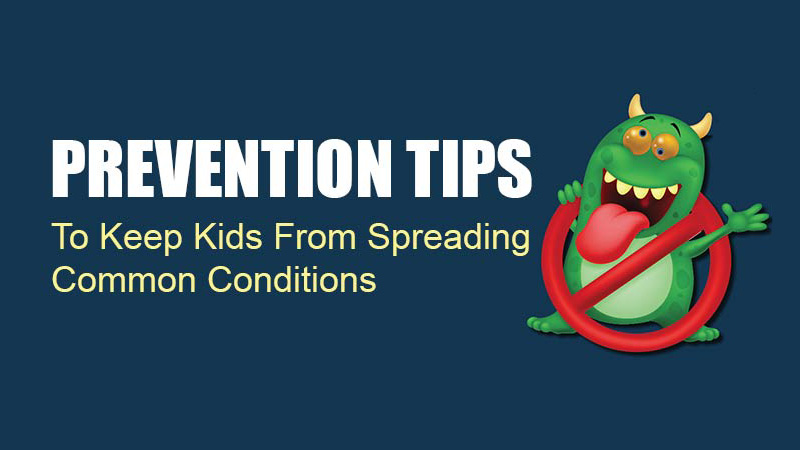Welcome to sickness season. The early months of the year seem to be a time when children get sick the most, spreading their illness to classmates, siblings and even parents.
The best defense against flu, strep throat and a host of other easily spread illnesses is being vigilant when it comes to the simplest ways to ward off sickness. Regular hand-washing or using hand sanitizer is recommendation No. 1 for combating germs.
Melissa Prendergast, director of nursing services for the Charleston County School District, said students and teachers are always reminding children about hand-washing, using hand sanitizer and also sneezing into their elbow rather than into their hands.
The Centers for Disease Control recommends hand-washing as the most important step toward fighting germs and avoiding sickness. Parents, teachers and caregivers can help children learn the five steps of good hand-washing from the CDC:
- Wet your hands with clean, running water – warm or cold – turn off the tap and apply soap.
- Lather your hands by rubbing them together with the soap. Be sure to lather the backs of your hands, between your fingers and under your nails.
- Scrub your hands for at least 20 seconds. Need a timer? Hum the “Happy Birthday” song from beginning to end twice. Rinse your hands well under clean, running water.
- Dry your hands using a clean towel or air dry them.
Fighting the Flu
In addition to hand-washing, the best line of defense against the flu is a flu vaccine. Dr. John Tiffany of Tiffany Pediatrics in Aiken, South Carolina, said January and February is really when the flu starts setting in. He’s a strong advocate for his young patients getting the flu shot, and by December he’d already administered hundreds of vaccines.
Charleston County Schools works with the South Carolina Department of Health and Environmental Control to make the flu vaccine available to students, Prendergast said.
The vaccine is recommended for everyone over the age of 6 months and is especially important for those who may be at risk for complications from the flu – young children, adults over the age of 50, pregnant women and those with certain chronic medical conditions.
Because it’s not as effective at fighting the flu, the CDC does not recommend getting the nasal spray vaccine for the 2016-17 season.
The flu is a contagious respiratory illness caused by influenza viruses. Flu symptoms, according to DHEC, may include a sudden onset of fever, cough, headache or muscle aches, tiredness, sore throat and nasal congestion or stuffiness.
The flu is a serious disease. It can lead to hospitalization and sometimes even death. By early December 2016, South Carolina reported an increase in activity for the 2016-17 season as well as three influenza-associated deaths.
Signs of Strep
Another common illness among children is strep throat. Aside from a sore throat, symptoms include a fever, red and swollen tonsils, tiny, red spots on the roof of the mouth and swollen lymph nodes in the front of the neck. Children also may experience headache, stomach pain, nausea or vomiting.
Strep throat is easily spread by sharing a drinking glass or utensils or touching something after an infected person has coughed or sneezed on it.
Because it’s contagious, parents should keep children home from school or day care until they are well. Again, vigilant hand-washing is important for keeping those contagious germs at bay.
Doctors can administer a simple test to determine if a child has strep throat and then may prescribe antibiotics to clear the infection.
Antibiotics Not Always Needed
For a viral cold or even a sinus infection, Dr. Tiffany said children don’t always need a trip to the doctor’s office. If a child has a fever for just 24 or 48 hours without any other symptoms, the virus will most likely clear up on its own.
A persistent fever with other symptoms such as a sore throat, cough or headache could be a sign of something more serious like the flu. At that point, parents should take their child to the doctor.
Dr. Tiffany said he – and doctors in general – are prescribing fewer antibiotics. He said parents, too, are less likely to request antibiotics for every little sneeze and sniffle.
“We’re at an all-time low for pediatricians prescribing antibiotics,” Dr. Tiffany said. “Every kid doesn’t need antibiotics.”
Even children over the age of 6 months don’t always need an antibiotic for that all-too-common childhood ear infection.
“We can watch and wait,” he said. “Probably 80 percent get better without antibiotics.”
In 2013, the American Academy of Pediatrics in conjunction with the CDC released updated guidance on treating respiratory tract infections in children in an effort to reduce unnecessary use of antibiotics. According to the Academy, “Studies have shown that as many as 10 million antibiotic prescriptions are written each year for infections they are unlikely to help.”
Parents should note that antibiotics can’t cure the common cold, and antibiotics aren’t needed for other common infections like a chest cold, the flu – antiviral drugs are used instead – a sore throat or a urinary tract infection. Sometimes antibiotics are needed for a sinus infection if it is a bacterial infection. Visit www.cdc.gov/getsmart for information on antibiotics.
Catch the Itch
Another condition easily passed around among children is head lice. It’s certainly not a serious medical situation, but it’s definitely annoying for children and families.
The CDC estimates 6 to 12 million infestations occur each year in the United States among children ages 3 to 11. Head lice are spread by direct contact. It’s much less common for children to get head lice by coming into contact with personal items such as a hairbrush, hat or coat.
Nits are the lice eggs laid by the female. They are tiny and tough to see, but it’s important to remove all the nits as well as the adult lice from your child’s hair.
Moms Shelly Klimas and Emily Linville are the founders of Lice Beware, a lice-removal service in Mount Pleasant. Lice Beware offers strand-by-strand removal, which can take up to a few hours depending on the severity of the infestation as well as the length and thickness of the child’s hair.
“First and foremost, when you receive the news that your child has lice, do not panic,” Linville said. “It is such a common issue and nothing to be embarrassed about at all. Contracting lice has nothing to do with poor hygiene, and lice actually prefer clean hair as it makes for smoother travel.”
Linville recommends regularly using a comb specifically made for nit removal. She suggests the Nit-Free Terminator Lice Comb, which can be purchased online or at Lice Beware.
“Every house in the country needs this comb,” Linville said.
Pets cannot get lice so there’s no need to worry about treating dogs or cats for head lice. Also, Linville said, it’s not necessary for families to go overboard cleaning their house. Lice are spread primarily through head-to-head contact.
It is not necessary to bag items such as stuffed animals or pillows for weeks because lice cannot survive off the head for more than 48 hours at the most, Linville said. Washing bedding and placing brushes and combs in the freezer overnight is really all that is necessary.
Linville recommends the following prevention efforts:
- If your child has long hair, pull it back in a tight braid or bun.
- Comb through your child’s hair with a nit comb at least once a week to check for lice. If you can catch it early, it’s much better than waiting until your child has a serious infestation.
- Products containing peppermint or tea tree oil tend to be the most effective for prevention, so pick up a shampoo or spray and use it regularly.
Visit www.licebeware.com for more information.
By Holly Fisher







